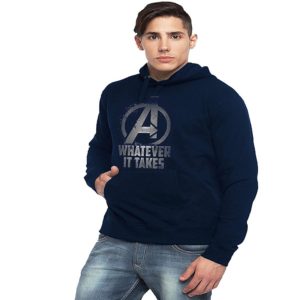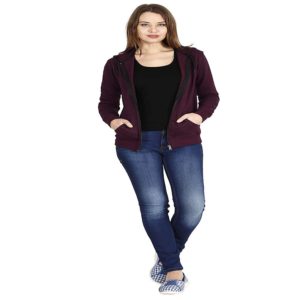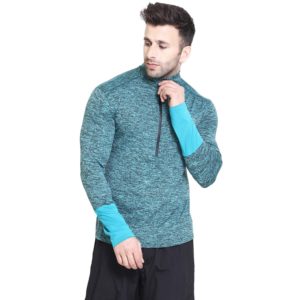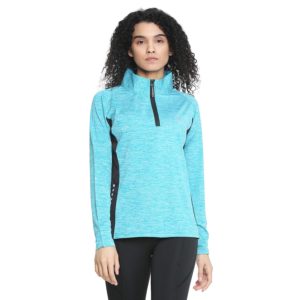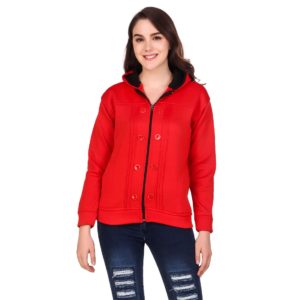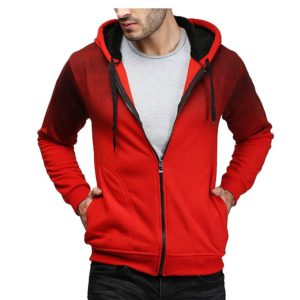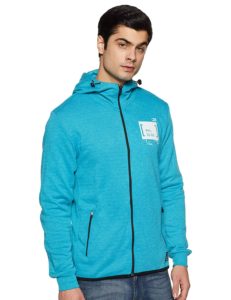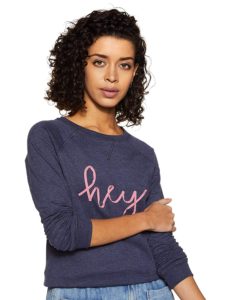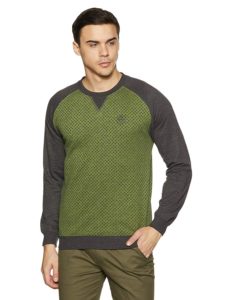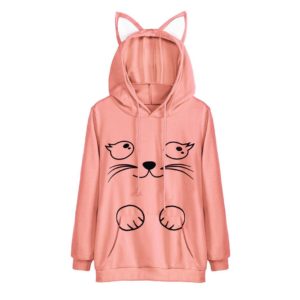Sweatshirts sweat! do they? Jokes apart, sweatshirt prime purpose is to absorb sweat and provide warmth on cooler days. The wearer has to feel comfortable through body temperature regulation. In other words there has to be enough air passage through fabric to help you sweat out more. Looking up to date and in fashion can also be a good intention to wear them. So what are you waiting for? just Sweat it out with trendy cool sweatshirts
Log on to www.pbdfasionforward.com for more popular options to look fashionable and yet meet your fitness goals.
Sweatshirts or to say any other fabric performance is influenced by type of fiber and how they are brought together, either by knitting, weaving or felting.
Type Of Stitch
Sweatshirts fabric are mostly knitted .The user will be subjecting the material to high wear and tear during workouts. The reason being that knitted fabric are sewed by single yarn with continuous interlocking loops which provides better stretch ability . On the other hand woven fabric are made by multiple yarns crossing each other at right angles making them less stretchy.
Type Of Fabric
As far as fibers are concerned, they are classified into 3 types namely Natural, Synthetic and semi synthetic. Focusing on our product there are four very commonly used fibers, they are Cotton, wool, Polyester and Rayon (Viscose). Cotton and wool comes under natural whereas polyester and rayon are classified in Synthetic and semi synthetic category respectively.
Sweatshirts are either 100% cotton , Polyester , woolen or they can be made in blended form of cotton + Polyester , Polyester + rayon or polyester +spandex/elastane. Now what to choose guys? Let us ask our self a question
Why Cotton
- It is 100% natural.
- Hygroscopic – has high moisture absorbency rate. ( on the plant cotton is hydrophobic, due to its wax film that helps it withstand rain out on the fields. Due to its processing it looses this ability). Allows you to sweat more.
- Has good air permeability, hence breathable.
- Hypoallergenic- means does not irritate skin.
- Biodegradable and sustainable.
- Posses moisture wicking (the ability of a fabric to transfer liquids, usually perspiration, along its fibers and away from the wearer’s skin by capillary action) ability.
Why Polyester
- Better at maintaining its shape
- Hydrophobic – do not absorb much water, but rather let it pass through, hence better weather resistant.
- Polyester fabric when brushed forms fleece which gives fur like comfort.
- Dries at a very fast rate.
- Has good moisture wicking ability.
Why Wool
- Naturally water repellent fiber due to the presence of lanolin, a type of natural wax.
- Its antimicrobial, hence great shelf life.
- Has great Moisture wicking ability.
- Good insulation properties.
- Has high air permeability -Very breathable.
- Does not hold on to odors.
Why Blends
Blended sweatshirts can give advantages of both worlds. For example cotton + polyester will give wearer the comfort and sweat absorbency of cotton and at the same time the polyester will make sure that sweat dry out at a faster rate.
As Rayon is semi natural or semi synthetic it has properties similar to that of natural fibers but it is also used to give lustrous look to the fabric. also it blends very well with polyester.
Elastane or spandex is another synthetic fiber having great elasticity, even better than rubber. Also it dries at a very faster rate. seems good blending element for our sweatshirts! cool isn’t?
With this much knowledge and these many choices it now easy to Sweat it out with trendy cool sweatshirts !

